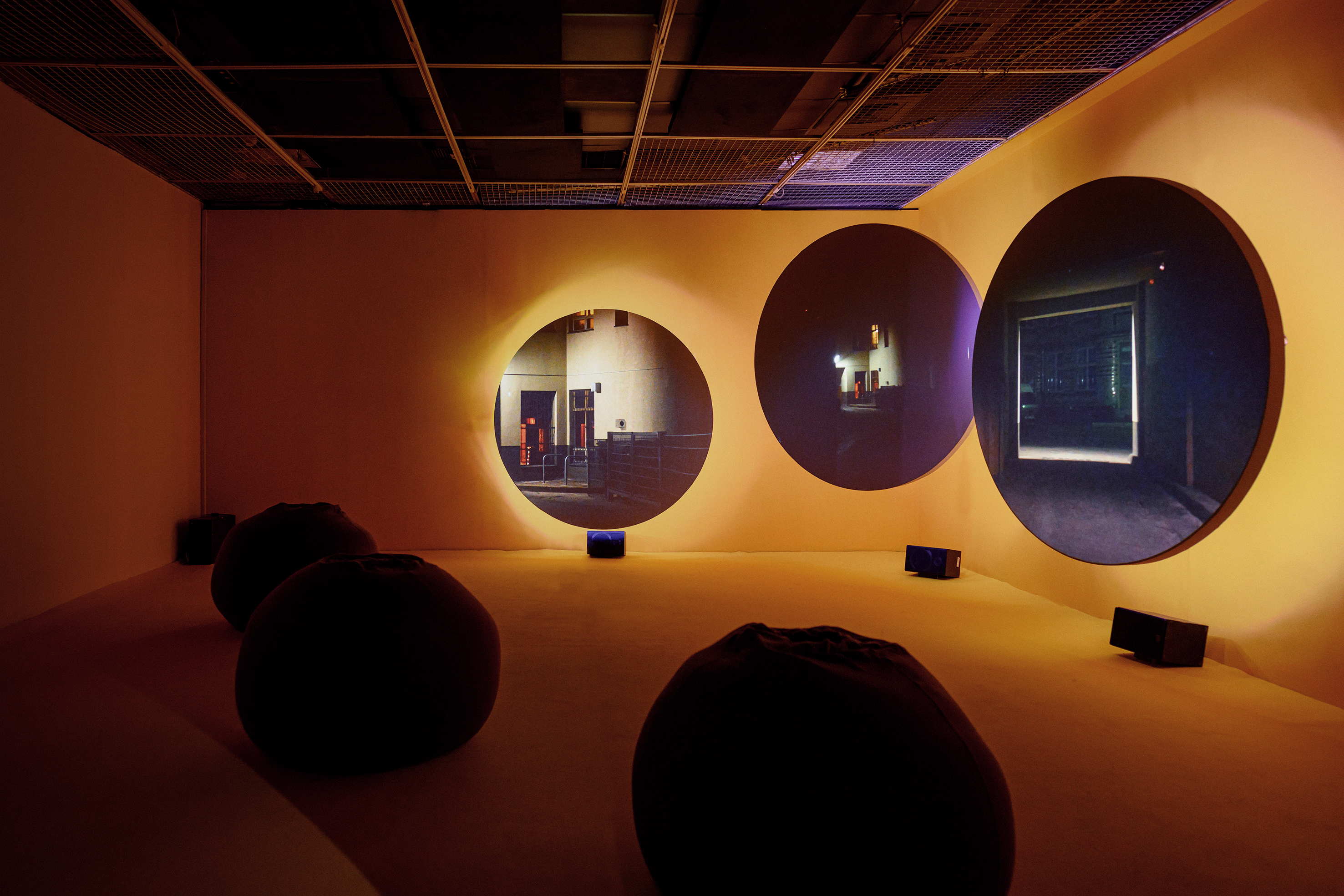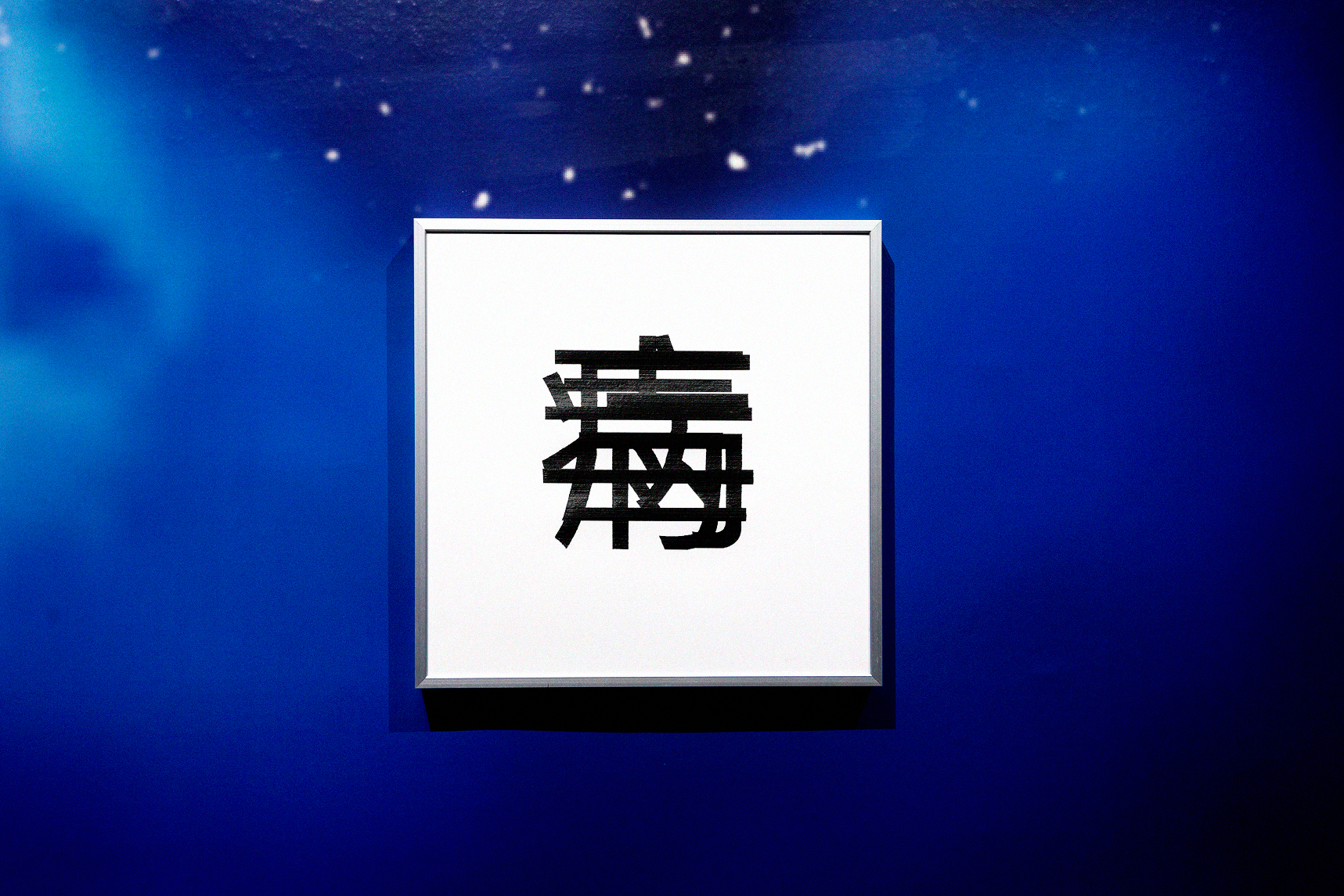There Are Lights That Never Go Out / 總 是 春 光 乍 現
27. July - 19. Sep 2021
Museum of Contemporary Art Taipei
no.39 Chang-An West Road, Taipei, Taiwan 103
conference “Light and Blackness:Point Out the Bias in Visual Culture” on 31. July 2021 14:00

Upon entering and start interacting with the digital environment, we are required to set up a user account, for which one gets to pick one’s username and select labels according to one’s identity, temporarily putting aside statuses in real life. The freedom to login begins when one’s account is named, which can subsequently be de-leted, modified, edited, reset or left unused. We define ourselves in the virtual world, drawing up the bounda-ries and choosing to enter a different world.

Inclusivity is a resistance strategy related to algorithmic prejudices as well as a crucial and fundamental work in database construction. Comparing to the circumstances today, however, as we positively create inclusivity of databases, we also need to face the reality of aggravating social discrimination, police violence, judicial injus-tice in the mixed environment of virtuality and reality. The key here is how to construct and deconstruct our digital environment at the same time. Collecting more Black facial recognition data is simply not the solution to the problem of discrimination as the original design and application could instead become a weapon that aids racial discrimination. Perhaps, to deconstruct technological discriminality by starting with the history of image could better help us identify the prejudices of image.


Oddities and humor in all narratives are taking place at the same time, and the decisions that everyone makes comprise the main narratives arcs. Then, the foremost question after establishing the importance of individual world-making is: what actions will you take?
Text by Yen Yi Lee / curator
Installation view at the Museum of Contemporary Art Taipei, Taiwan, 2021

 www.mocataipei.org.tw
www.mocataipei.org.tw services@mocataipei.org.tw
+886 2-2552-3721
No.39 Chang-An West Road Taipei, Taiwan 103
Related information ︎
︎︎︎ Museum of Contemporary Art Taipei
︎︎︎ Han Nefkens Foundation
︎︎︎ Taishin Arts Award
︎︎︎ World Art Foundation
work
The Alp
The Bedroom
The Cable
The Camera (16)
The Camera (17)
The Camera (36)
The Camera (65)
The Chat
The Cultural Center
The Dust
The Figure
The Gate
The Jog
The Lighting
The Link
The Looty
The Map
The Mask
The Postcard
The Route
The Sallow Man
The Sculpture
The Smart City
The Toyota
The Vitrine
collective
Bengawan Solo
Café Togo
Songs of SPECX The Currency-Sensing 01 The Currency-Vinyl The Gesture I
The Gesture II The Guestbook The Sallow Sea
exhibition
Ghost In The Sea Too Loud A Dust
On The Faience Of Your Eyes There Are Lights That Never Go Out I'll Be Back Resistance is Futile
Modern Life is Dull
The Alp
The Bedroom
The Cable
The Camera (16)
The Camera (17)
The Camera (36)
The Camera (65)
The Chat
The Cultural Center
The Dust
The Figure
The Gate
The Jog
The Lighting
The Link
The Looty
The Map
The Mask
The Postcard
The Route
The Sallow Man
The Sculpture
The Smart City
The Toyota
The Vitrine
collective
Bengawan Solo
Café Togo
Songs of SPECX The Currency-Sensing 01 The Currency-Vinyl The Gesture I
The Gesture II The Guestbook The Sallow Sea
exhibition
Ghost In The Sea Too Loud A Dust
On The Faience Of Your Eyes There Are Lights That Never Go Out I'll Be Back Resistance is Futile
Modern Life is Dull